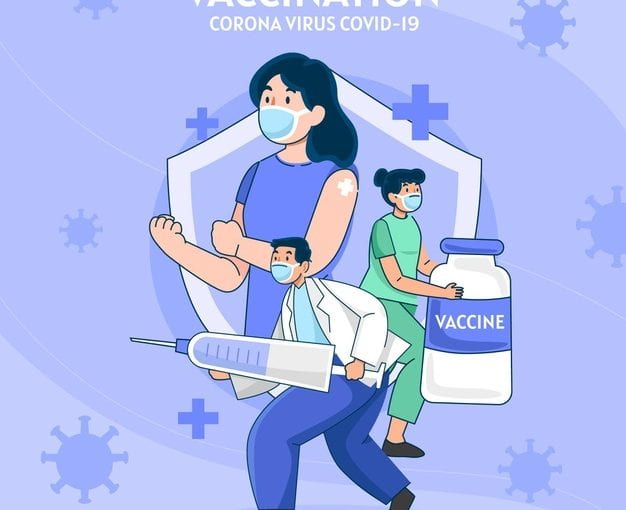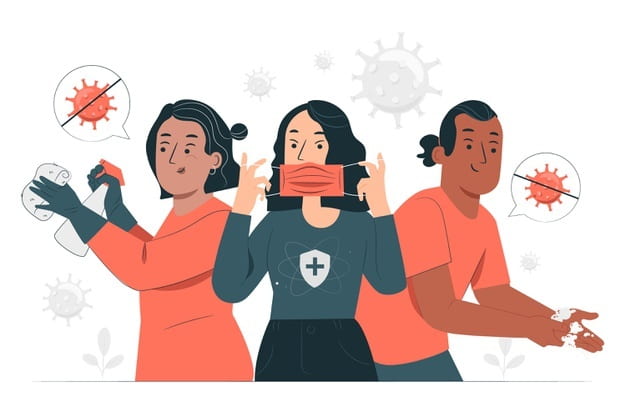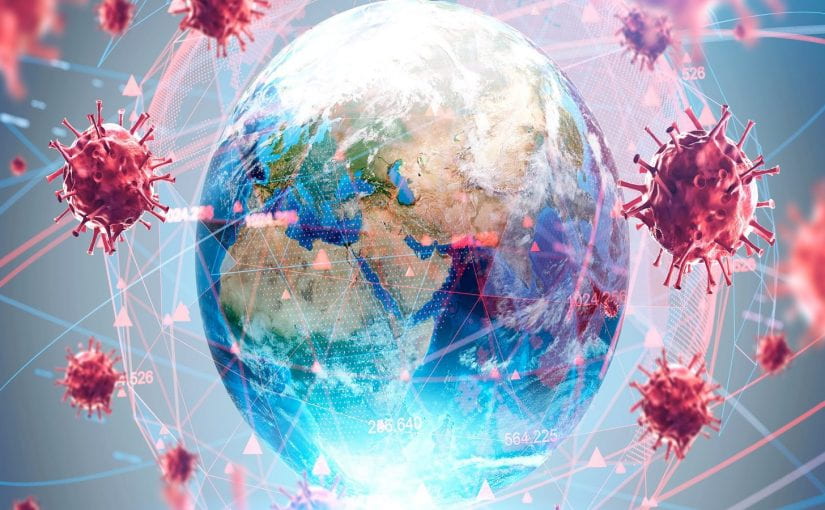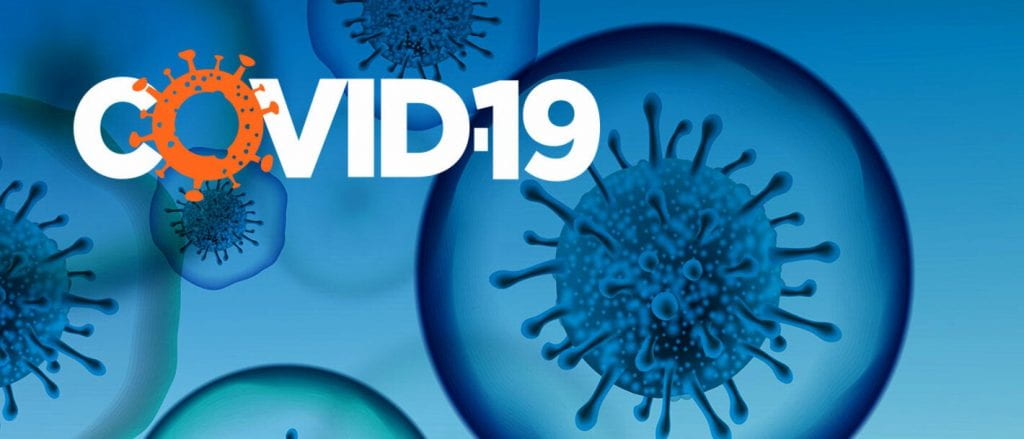The Covid virus has struck Singapore once again, forcing the government to tighten its controls. This time, the government has opted to make work at home the default option instead of limiting it to two people. The country’s health system has already been overburdened by a record number of infections, and the rising cases of the untraceable virus are straining its capacity to contain it.

With daily sg news Covid virus cases soaring, the city-state has resorted to tightening its rules and restricting the number of people who can go out to restaurants and other places. In a bid to limit the spread of the illness, Singapore has started a correction process with the Truth Warriors who claimed that the Covid-19 vaccine was ineffective. However, the government is still unsure about whether relaxing restrictions will have any long-term impact on the country’s efforts to contain the disease.
The ban of nightclubs, bars, and KTV lounges was announced last year, and has continued to delay Singapore’s reopening plans. Beginning next week, fully vaccinated people will be able to meet with each other in groups of up to five, and can resume eating out in some places. Although this is good news, there are still some restrictions that must be adhered to in order to prevent an outbreak of the disease.
The new rules will help Singapore’s health care system respond to the growing number of Covid cases. As the disease spreads through the country, it’s important for the authorities to monitor the numbers and severity of infections. They will also keep track of those who are at risk of infection. The Urban Redevelopment Authority will be tasked with monitoring property values, and will also look at vulnerable groups and the value of their properties.
Despite the new rules, the community is still suffering. The COVID virus is causing a massive outbreak of respiratory illnesses and causing the halt in travel to the country. It has been affecting the home sales market and has led to the suspension of airline services. In Singapore, COVID-19 vaccines have already become the standard for the country’s cargo drivers. As a result, the risk of infection has reduced and businesses are starting to recover.
A COVID restrictions timeline is an ongoing discussion of how to mitigate the outbreak of this virus. While the first step is to develop a COVID-resistant vaccine that can be used in the future, the city-state will be able to control its transmission rate. The government wants to protect Singapore from the virus, but COVID is not the only factor that will hamper its progress. It will have to find a way to control the disease and prevent it from spreading to the community.




